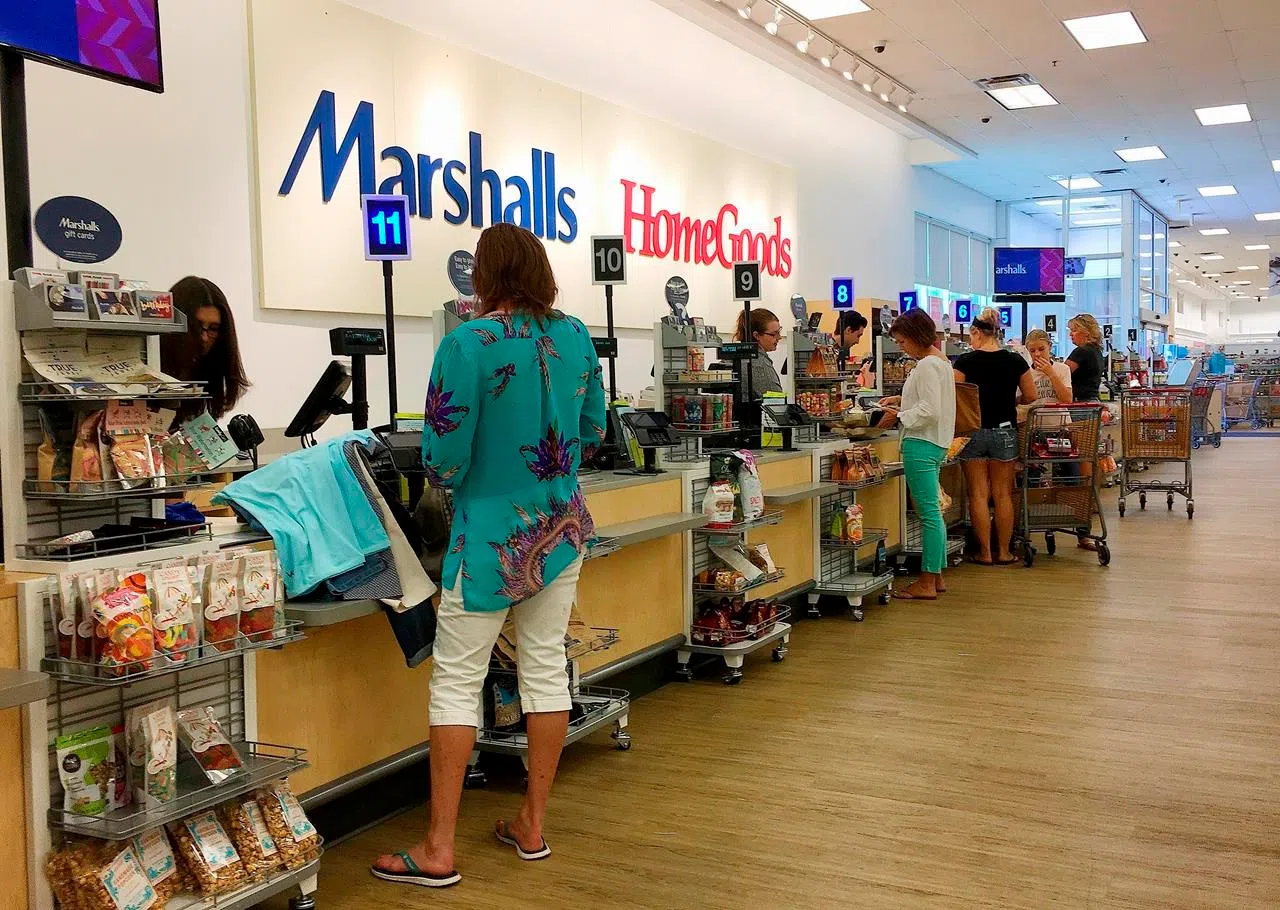
US consumer spending, incomes grew solidly in April
WASHINGTON — Americans increased their spending in April at the fastest pace in four months, bolstered by a solid gain in incomes. The strong results underscored expectations that the economy is poised to rebound after a lacklustre start to the year.
Consumer spending rose 0.4 per cent in April after a 0.3 per cent rise in March, the Commerce Department said Tuesday. It was the best showing since December. Incomes also rose 0.4 per cent, double the 0.2 per cent March increase.
Consumer spending, which accounts for 70 per cent of economic activity, grew at the slowest pace in seven years in the first quarter. That was a key reason the economy, as measured by the gross domestic product, expanded by just 1.2 per cent at the start of the year.
Economists are hopeful GDP growth will rebound to around 3 per cent in the current April-June quarter.
